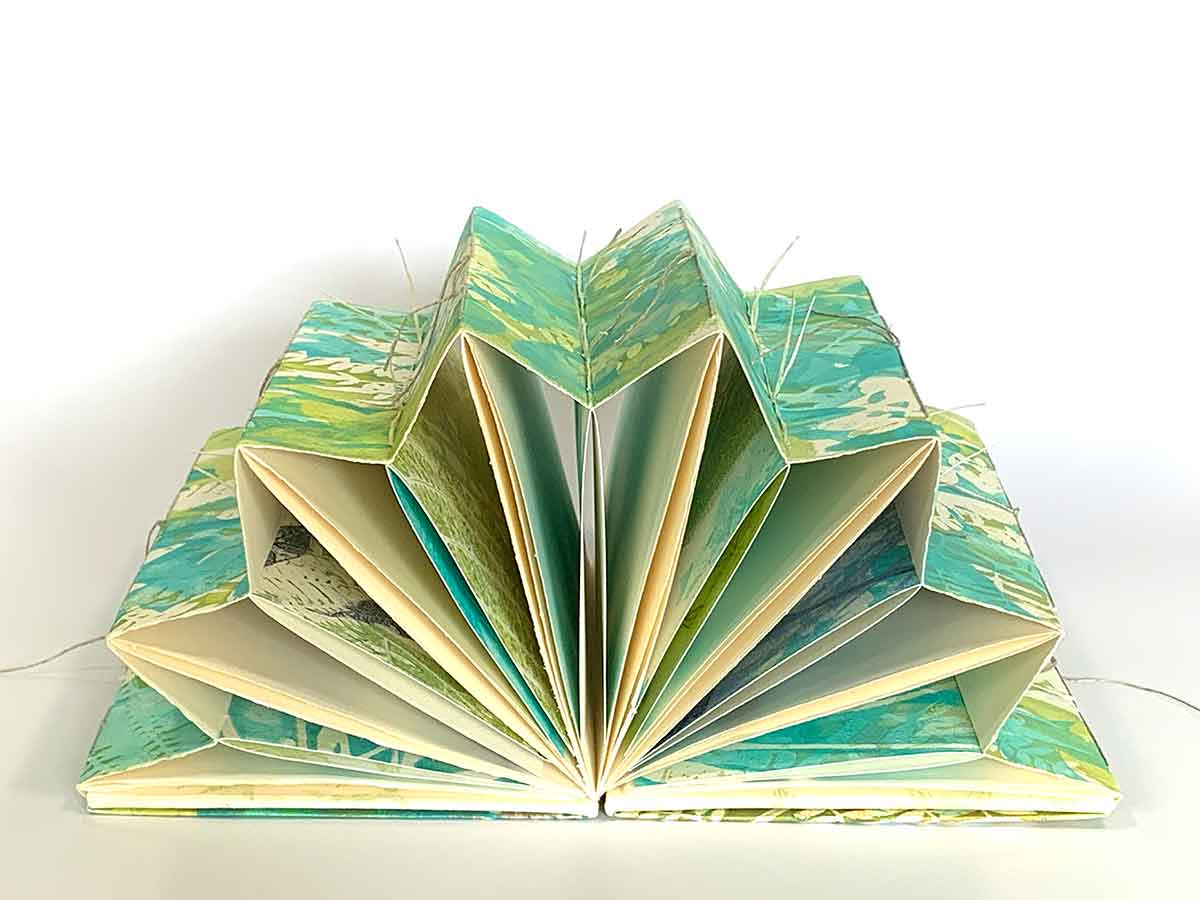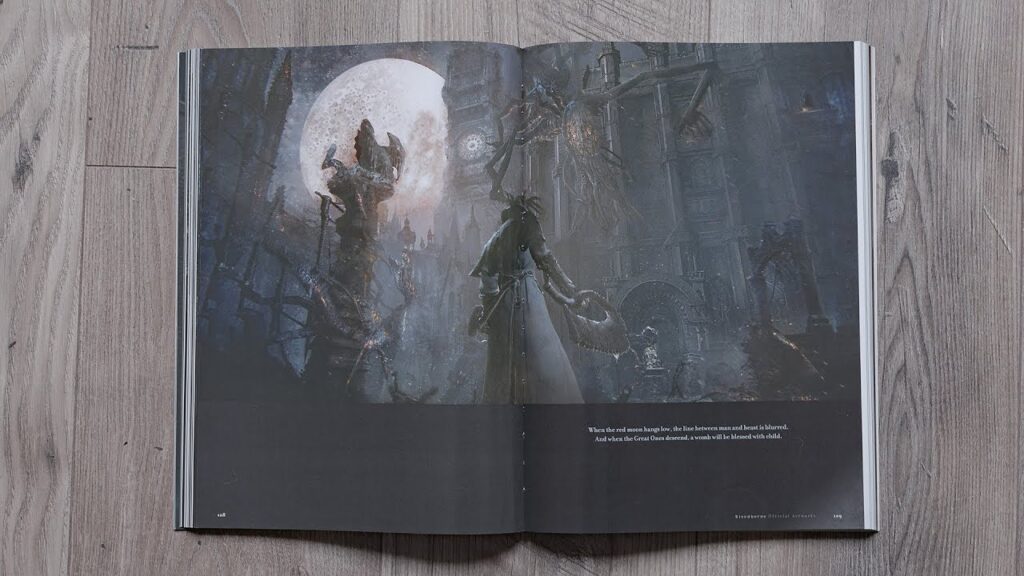Discover the Important Overview to Art Book Printing for Aspiring Artists and Publishers
As a hopeful artist or author, recognizing the subtleties of art book printing is important to bringing your vision to life. What are the crucial components you should concentrate on to develop a stunning art book that really represents your work?
Comprehending Different Kinds Of Art Books
When you dive right into the globe of art publications, you'll swiftly uncover that they come in various kinds, each tailored to various imaginative expressions and target markets. Coffee table publications often showcase spectacular visuals, ideal for laid-back browsing, while monographs dive deep into an individual artist's work, providing context and insights. If you're interested in specific art movements, exhibition catalogs offer detailed documents of programs, including essays and critiques.
For training purposes, art handbooks and technique publications direct you via different tools and styles, making them essential for aiming artists. Each style serves its objective, and recognizing their distinctions can boost your art book journey.
Selecting the Right Paper and Materials
Choosing the appropriate paper and materials can significantly impact the total top quality and feeling of your art book. For vivid shades and detailed information, opt for a shiny surface or a heavyweight matte paper that improves aesthetic deepness.
Think of the weight of the paper, as well. Thicker choices commonly provide an even more specialist look, while lighter documents can lower printing prices. Don't forget the binding products; a durable cover can secure your web pages and contribute to the book's visual.
Ultimately, think about sustainability. Green choices are getting appeal and can mirror your worths as a musician. By very carefully selecting your paper and products, you'll guarantee that your art book not just looks excellent however additionally really feels unique in the hands of your visitors.

Choosing the very best Printing Methods
When it comes to publishing your art book, picking in between offset and electronic printing can significantly affect your last product. You'll likewise want to take into account exactly how paper quality impacts the overall look of your art work. Allow's explore these vital printing strategies to locate the very best suitable for your job.
Balanced Out vs. Digital Printing
While both countered and electronic printing have their benefits, choosing the appropriate method for your art book can greatly affect the final product. Countered printing offers high-quality pictures and lively colors, making it suitable for bigger print runs. If you're seeking to generate hundreds or thousands of duplicates, counter will offer you consistent outcomes and reduced per-unit prices. On the other hand, digital printing stands out for smaller sized quantities and quicker turnaround times. It enables for simple modification, enabling you to print distinct duplicates without added arrangement costs. Consider your budget plan, timeline, and the volume of your job. Inevitably, your selection should line up with your creative vision and circulation method, making certain that your art book reflects the quality you desire.
Paper Quality Factors To Consider
Choosing the right paper top quality can considerably enhance the aesthetic charm and responsive experience of your art book. For prints, a shiny finish can make photos pop, while a matte finish gives a softer, a lot more subtle appearance.
Next, think of the sustainability of your choice. Eco-friendly alternatives are ending up being increasingly prominent and can appeal to environmentally-conscious viewers. Lastly, demand examples to see how various papers function with your artwork, guaranteeing the end product reflects your vision perfectly.
Making Certain Color Precision in Your Prints
To achieve sensational prints, you require to concentrate on shade accuracy from the beginning. You'll desire to utilize shade calibration methods to validate your monitor and printer remain in sync. Furthermore, proofing your job before the final print run can assist capture any type of disparities, guaranteeing your art looks equally as you pictured.
Shade Calibration Techniques
Ensuring color accuracy in your prints begins with reliable color calibration methods that help maintain uniformity in between your electronic pictures and final printed items. Next off, choose a color profile fit for your printing process, like CMYK for print materials. By consistently applying these strategies, you'll boost the general high quality of your art prints and much better convey your imaginative vision.
Proofing for Precision
While you might think your digital photos are all set for print, proofing is essential for achieving shade accuracy. Prior to dedicating to a complete print run, constantly request an evidence from your printer. This permits you to see exactly how colors convert from screen to paper. Contrast the proof with your adjusted screen to detect any type of inconsistencies. Take notice of saturation, brightness, and hue, as these aspects can drastically impact your last product.
If changes are needed, interact plainly with your printer regarding your wanted results. Do not be reluctant to demand numerous proofs if needed; it's worth the financial investment to get it. Eventually, comprehensive proofing warranties that your artwork go now is represented as you imagined it, keeping your artistic stability throughout the printing procedure.

Designing Layouts That Enhance Your Artwork
When you develop layouts for your art book, it's necessary to ponder just how each component engages with your art work. Goal for an equilibrium in between visuals and message, making certain neither outweighes the various other. Usage white room tactically; it provides your art work space to breathe and draws attention to its information.
Take into consideration have a peek at this site the circulation of your book. Set up pictures in such a way that guides the visitor's eye, producing a story or thematic development. art book. Differ the sizes and orientations of your art work to maintain the design dynamic and intriguing
Select font styles that match your artwork without sidetracking from it. Maintain text concise and pertinent, giving context or insight that enhances the viewer's experience.
Ultimately, test different formats. Print samples to see just how the styles translate theoretically, and change as required. By attentively developing your formats, you'll produce a visually interesting art book that resonates with your target market.
Binding Choices for a Professional End Up
Selecting the right binding alternative can considerably impact the total presentation of your art book. You'll desire to take into account both visual appeals and resilience when making your selection. Popular choices consist of ideal binding, which supplies a smooth appearance and is ideal for thicker publications; saddle stitching, suitable for smaller sized brochures; and spiral binding, which permits pages to lay level for easy viewing.
If you're intending for a costs feel, situation binding is an excellent option, giving a durable cover and a specialist look (art book). Don't ignore the cover product; choices like cloth, natural leather, or a glossy surface can elevate your book's charm
Whatever alternative you choose, see to it it enhances your artwork and improves the viewers's experience. Take your time to weigh the pros and disadvantages of each method, so your final item mirrors the quality of your innovative vision.
Preparing Your Documents for Print Preparedness
To guarantee your art why not try this out book is print-ready, you'll need to pay close attention to file preparation. Start by setting your document size to match your desired print dimensions.
Take into consideration producing a proof to review prior to the final print run. Following these actions will help you achieve a sleek, expert art book.
Frequently Asked Inquiries
What Is the Typical Cost of Publishing an Art Book?
The average price of publishing an art book varies, yet you can expect to pay anywhere from $5 to $20 per duplicate, depending upon elements like dimension, paper high quality, and printing volume.
Exactly How Can I Find a Reliable Printing Firm?
To locate a reputable printing company, begin by researching on-line testimonials and asking fellow musicians for referrals. Contrast quotes, check portfolios, and connect your needs clearly to ensure they understand your vision and top quality expectations.
What Is the Regular Turnaround Time for Printing?
The normal turn-around time for printing varies yet usually varies from one to 4 weeks. Elements like task complexity and volume can influence this. Constantly confirm with your selected printer for specific timelines and expectations.
Can I Publish My Art Book in Limited Quantities?
Yes, you can definitely print your art book in restricted amounts. Many printing business use short-run options, allowing you to create simply the number you require, making it simpler to handle prices and inventory.
What Legal Considerations Should I Know for My Art Book?
You must take into consideration copyright, licensing agreements, and design releases when producing your art book. Make sure you have the right to use all pictures and text, securing on your own from possible lawful issues in the future.